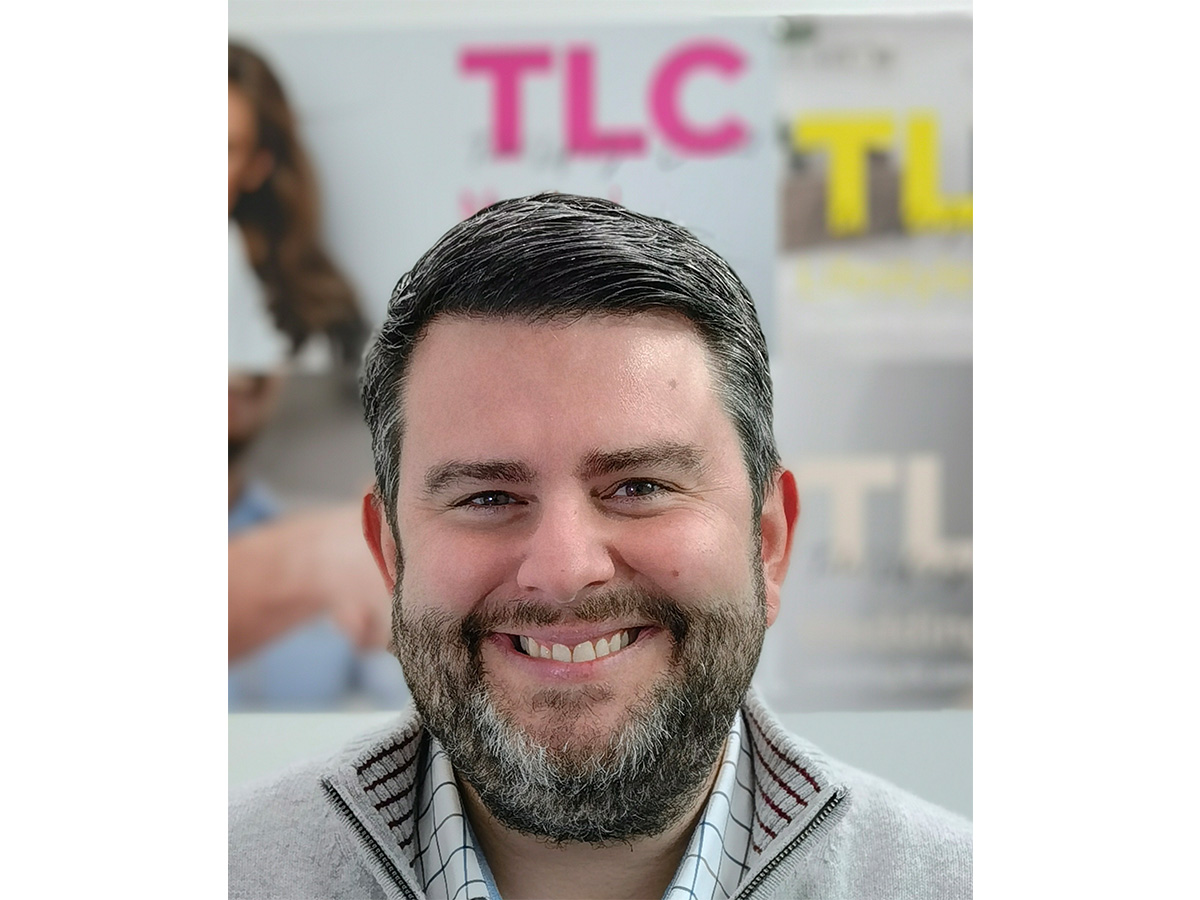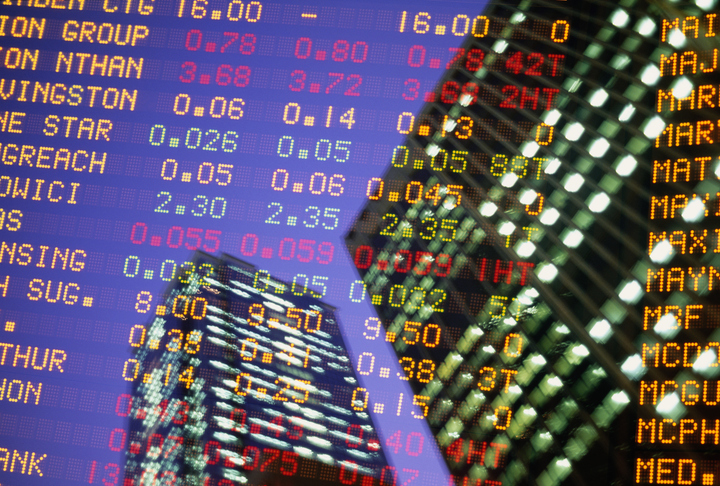Interview: Tim Boon, Director: Total Lifestyle Credit
After noticing a gap in the medical finance sector, Mr Boon’s credit service has gone from strength to strength.
What are Total Lifestyle Credit’s (TLC) goals for the consumer?
TLC’s goal for the consumer is to provide a quick and easy financial platform that allows them to break their upfront payment into smaller more manageable payments over a longer period.
This allows them to have their product or service now, rather than having to wait months or years by giving them an array of options and opportunities to choose a payment plan that suits their specific needs and personal goals.
Having a broader funding option also gives TLC a greater opportunity for the client to get the right approval result.
What makes it different from other finance providers?
With a range of underwriters, we are able to provide the best financial product for the client based on their personal situation. This is alongside real people who listen and talk to the client through the process at each step of the way. Making their otherwise uncomfortable transaction very comfortable and hassle-free.
Additionally, TLC has over 1800 professional partners on board, this gives clients the opportunity to get that extra reassurance and expert opinion before they make what can be seen as a life-altering decision.
A big invoice can be daunting for clients and can often be a deal-breaker. When funding is easily accessible and affordable it is a “win-win” for both business and client.
How did you build the business in its early years?
I am hugely passionate about the medical sector and noticed a lack of funding options available to the public, in 2004 I started MacCredit a patient funding platform and grew it to the largest medical loan business in Australia, successfully selling to a Private Equity firm in 2016.
It definitely was a very hard sell to the medical and cosmetic sector, however after 24 months a lot of businesses saw the service and integrity I was delivering. I started Total Lifestyle Credit (TLC) in 2019 my new consumer lending platform that commenced in 2019.
What’s the reasoning for the pillars of medical, dental, lifestyle and wedding?
At TLC we hold the utmost importance at looking after our clients in relation to their specific needs. For example a client who is looking at a financial payment plan for a wedding will have a very different needs compared to an individual who is seeking finance for a medical procedure that their child needs. This allows us to personalise our interactions with the client based on the service they seek. TLC aspires to help every individual that we can, if there is a client that is in need of funds for a dental procedure and their friend needs funds for a holiday, we are happy to say that we can help both of those individuals, with the same level of service and enthusiasm.
Roughly what percentage of the business does each pillar represent?
Medical – 60%
Broker – 10%
Lifestyle – 20%
Wedding – 10%
You’ve alluded to the fact that TLC goes beyond cosmetic procedures including IVF programs, eye surgery and more — you note a shift away from private health insurance. Why?
The reason individuals are shifting away from private health insurance is that they do not see the value in it anymore. Young individuals are less likely to choose to continue their private health insurance after their family coverage no longer applies to them. TLC offers the opportunity to receive funds almost instantly, rather than having to wait until the benefits of private health insurance kick in. We fund all treatment costs for all medical/cosmetic fees and with little to no early payout fees so the patient can control their repayment timeline.
Australian citizens are spending about $1 billion on cosmetic procedures every year — per capita, around 40% more than Americans do – why do you think it’s so high in Australia?
There is less of a stigma in Australia when it comes to having cosmetic procedures. Social media marketing in reference to cosmetic procedures are increasingly common, creating an inviting space for individuals to be able to seek professional advice on their personalised goal.
How has the market been affected by COVID (if at all)?
Covid has affected the industry quite significantly. Clients have had to opt to have their procedures within Australia instead of the choice of overseas treatment. It has also provided the time and space for patients to focus on themselves. This has increased the demand for TLC during Covid and people are able to have their procedures with minimum downtime from work.
What do you think the future of cosmetic procedures going forward?
TLC is excited to see the growth of the cosmetic world as we see great potential. Already in the past years, TLC has been operating we have seen a reduction of Brazilian butt lift procedures coming through and an influx of breast augmentation. Cosmetic procedures are evidently becoming more popular and desirable to individuals, with an array of talented surgeons coming on board. This ensures us to believe that the cosmetic industry only has one way to go and that’s up!
This stylish family home combines a classic palette and finishes with a flexible floorplan
Just 55 minutes from Sydney, make this your creative getaway located in the majestic Hawkesbury region.
Continued stagflation and cost of living pressures are causing couples to think twice about starting a family, new data has revealed, with long term impacts expected
Australia is in the midst of a ‘baby recession’ with preliminary estimates showing the number of births in 2023 fell by more than four percent to the lowest level since 2006, according to KPMG. The consultancy firm says this reflects the impact of cost-of-living pressures on the feasibility of younger Australians starting a family.
KPMG estimates that 289,100 babies were born in 2023. This compares to 300,684 babies in 2022 and 309,996 in 2021, according to the Australian Bureau of Statistics (ABS). KPMG urban economist Terry Rawnsley said weak economic growth often leads to a reduced number of births. In 2023, ABS data shows gross domestic product (GDP) fell to 1.5 percent. Despite the population growing by 2.5 percent in 2023, GDP on a per capita basis went into negative territory, down one percent over the 12 months.
“Birth rates provide insight into long-term population growth as well as the current confidence of Australian families,” said Mr Rawnsley. “We haven’t seen such a sharp drop in births in Australia since the period of economic stagflation in the 1970s, which coincided with the initial widespread adoption of the contraceptive pill.”
Mr Rawnsley said many Australian couples delayed starting a family while the pandemic played out in 2020. The number of births fell from 305,832 in 2019 to 294,369 in 2020. Then in 2021, strong employment and vast amounts of stimulus money, along with high household savings due to lockdowns, gave couples better financial means to have a baby. This led to a rebound in births.
However, the re-opening of the global economy in 2022 led to soaring inflation. By the start of 2023, the Australian consumer price index (CPI) had risen to its highest level since 1990 at 7.8 percent per annum. By that stage, the Reserve Bank had already commenced an aggressive rate-hiking strategy to fight inflation and had raised the cash rate every month between May and December 2022.
Five more rate hikes during 2023 put further pressure on couples with mortgages and put the brakes on family formation. “This combination of the pandemic and rapid economic changes explains the spike and subsequent sharp decline in birth rates we have observed over the past four years,” Mr Rawnsley said.
The impact of high costs of living on couples’ decision to have a baby is highlighted in births data for the capital cities. KPMG estimates there were 60,860 births in Sydney in 2023, down 8.6 percent from 2019. There were 56,270 births in Melbourne, down 7.3 percent. In Perth, there were 25,020 births, down 6 percent, while in Brisbane there were 30,250 births, down 4.3 percent. Canberra was the only capital city where there was no fall in the number of births in 2023 compared to 2019.
“CPI growth in Canberra has been slightly subdued compared to that in other major cities, and the economic outlook has remained strong,” Mr Rawnsley said. “This means families have not been hurting as much as those in other capital cities, and in turn, we’ve seen a stabilisation of births in the ACT.”
This stylish family home combines a classic palette and finishes with a flexible floorplan
Just 55 minutes from Sydney, make this your creative getaway located in the majestic Hawkesbury region.


















